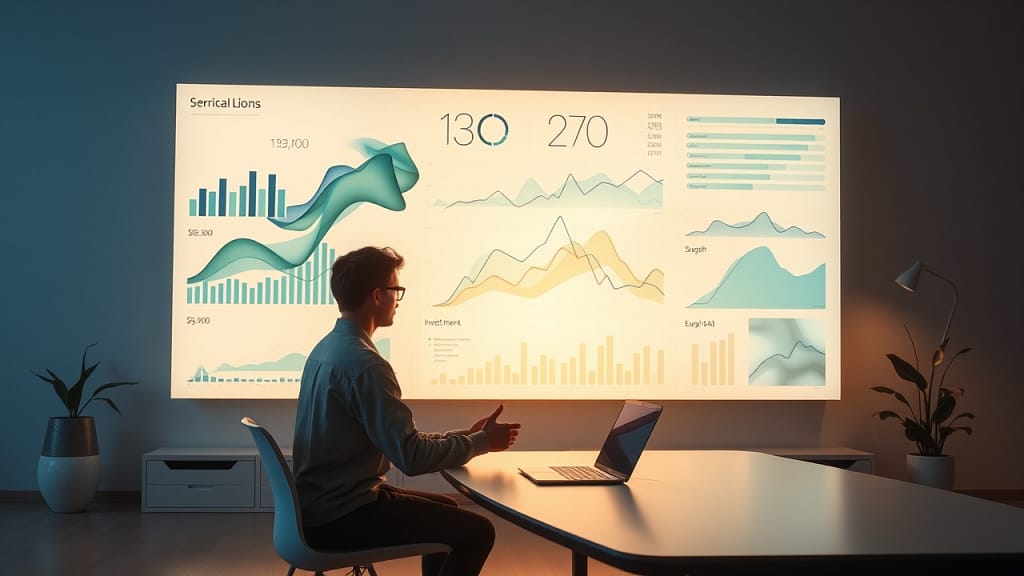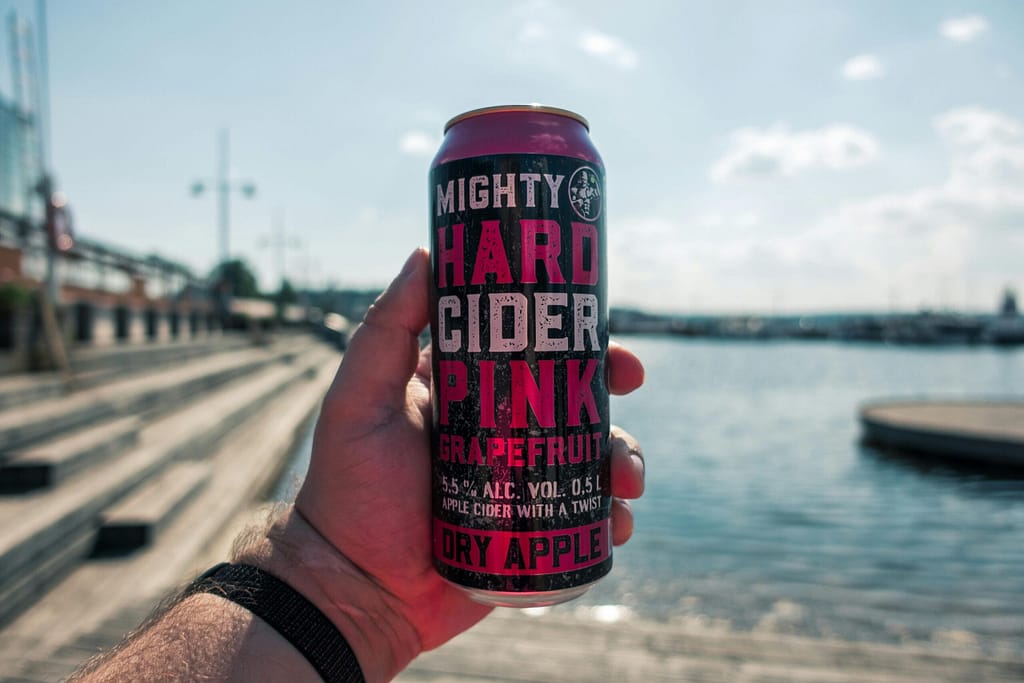How to Start Learning Data Science 2025
After 8+ years in the data science field, I’ve witnessed firsthand how people start learning data science online and get a job in this competitive industry. In this guide, I’ll share my personal journey from beginner to advanced and provide a practical roadmap for anyone interested in getting into data science in 2025.
My Data Science Journey: From Beginner to Advanced
Before diving into how to start learning data science, let me share my professional background so you understand where my advice comes from:
I started as a Programmer Analyst at Zifo RnD Solutions, where I spent 2.5 years writing code and analyzing scientific data. This foundation in programming proved invaluable later on. Next, I worked as a Clinical Data Analyst at Navitas Life Sciences for a year, where I gained even more experience in healthcare analytics.
The real turning point came when I joined the Ontario Ministry of Transportation as a Junior Data Science Developer. Over the next 6+ years, I progressed to Data Science Developer and eventually Senior Data Science Developer, where I currently work. This journey has given me insights into what skills truly matter for beginners interested in data science practice and how to start building data science experience that employers value.
How to Get Into Data Science 101: Understanding the Landscape in 2025
When I was first starting data science, the field was often described as a blend of statistics, programming, and domain expertise. While this remains true, the field has matured significantly:
- Specialized roles have emerged: Data engineers, ML engineers, analytics engineers, and AI specialists now work alongside traditional data scientists
- AutoML tools have simplified certain aspects of model building
- Domain knowledge has become even more crucial
- Ethical AI considerations are now fundamental, not optional
- Cloud-native solutions have become the standard
Despite these changes, the fundamentals remain essential for data science for beginners. Let’s explore how to build those foundations.
Essential Skills: Data Science From Beginner to Advanced
Based on my experience helping others get a data science job, here’s what you should focus on:
1. Programming Fundamentals for Beginners in Data Science
During my time at Zifo, I learned that solid programming skills are non-negotiable when starting data science. In 2025, Python remains the dominant language, though SQL is equally important.
Recommended courses to learn data science online:
- Python for Data Science: CS50’s Introduction to Programming with Python – Harvard’s free course that balances theory and practice; Python Tutorial by w3schools
- SQL Essentials: DataCamp’s SQL Fundamentals – Their free tier includes basic SQL lessons; SQL Tutorial by w3schools
2. Mathematics and Statistics: A Beginner’s Guide to Data Science Foundations
At Navitas, I realized how crucial statistical knowledge is for healthcare analytics. You don’t need a math PhD, but understanding these concepts is vital for anyone getting into data science:
Recommended courses:
- Mathematics for Machine Learning: Mathematics for Machine Learning Specialization by Imperial College London on Coursera (audit for free)
- Statistics for Data Science: Statistics and Probability on Khan Academy
3. Data Manipulation and Analysis: Practice for Data Science Beginners
At the Ministry of Transportation, I spend about 60% of my time cleaning and preparing data. These skills are essential when starting data science:
Recommended courses:
- Data Analysis with Python: Data Analysis with Python on freeCodeCamp
- Advanced Pandas: Data Manipulation with pandas – Worth the investment for deeper skills
- Power Query: Power Query Microsoft Learn
4. Machine Learning: How to Start Learning Data Science from Scratch
Machine learning has evolved significantly since I started. These courses reflect current practices:
Recommended courses:
- ML Fundamentals: Machine Learning by Andrew Ng on Coursera (updated version)
- Applied ML: Applied Machine Learning in Python by University of Michigan
5. Data Visualization: Essential Skills for Getting into Data Science
One lesson I’ve learned repeatedly: your insights are only as good as your ability to communicate them visually.
Recommended courses:
- Data Visualization Fundamentals: Data Visualization with Python by IBM
- Advanced Visualization: Information Visualization Specialization by NYU
- YouTube Channel – Guy in A Cube
How to Start Building Data Science Experience: A Month-by-Month Plan
When I transitioned from clinical data analysis to data science, I created a structured learning path. Here’s my recommendation for beginners in 2025:
Month 1-2: Intro to Data Science – Foundations
- Complete Python fundamentals
- Learn basic SQL
- Start statistics refresher
- Set up your development environment (VS Code, Jupyter)
Month 3-4: Data Science Practice for Beginners
- Master pandas for data manipulation
- Practice data cleaning with real datasets
- Build visualization skills with matplotlib and seaborn
- Start working on a small personal project to share data science learnings
Month 5-6: Data Science from Beginner to Intermediate
- Complete ML fundamentals course
- Implement basic algorithms from scratch
- Learn scikit-learn for practical applications
- Continue working on your personal project
Month 7-8: Specialization in Data Science
- Choose an area of focus (NLP, computer vision, time series, etc.)
- Take specialized courses in your chosen area
- Start exploring cloud platforms (AWS, Azure, GCP)
- Begin building a portfolio project, it could as simple a data science focused blog that showcases your skills
Month 9-12: Advanced Topics and How to Get a Data Science Job
- Learn about MLOps and deployment
- Explore ethical AI and responsible data science
- Complete 2-3 substantial portfolio projects
- Start networking and preparing for job applications
How to Learn Data Science Online and Get a Job: Practical Tips
1. Learn by Doing: Data Science Practice for Beginners
At the Ministry, I’ve learned that theoretical knowledge alone isn’t enough. Every concept you learn should be applied immediately:
- Use public datasets from Kaggle or data.gov
- Participate in Kaggle competitions (even if you don’t win)
- Create GitHub repositories for all your projects to share data science work
2. Real-World Problems: Key to Getting into Data Science
My most significant growth came from tackling real transportation problems. Look for opportunities like:
- Contribute to open-source projects
- Volunteer your data skills for non-profits
- Solve problems in your current workplace, even if you’re not in a data role
3. Build a Portfolio: Essential for Getting a Data Science Job
When I was hiring junior data scientists, I always looked for evidence of practical skills:
- Maintain an active GitHub profile
- Document your projects thoroughly
- Create a personal website or blog to showcase your work, like here is an example using U.S. Department of Commerce
- Consider contributing to platforms like Towards Data Science or creating content on datascience.ng
4. Stay Current: Important When Starting Data Science
The field evolves rapidly. These resources help me stay current:
- Follow key researchers and practitioners on social media
- Subscribe to newsletters like Data Elixir and The Batch
- Participate in virtual meetups and conferences
- Allocate time weekly for learning new tools
Common Pitfalls When Starting Data Science
Over the years, I’ve seen many aspiring data scientists make these mistakes:
- Tool obsession: Focusing too much on learning every new library instead of mastering fundamentals
- Tutorial paralysis: Endlessly taking courses without building projects
- Perfection pursuit: Trying to master everything before applying for jobs
- Ignoring soft skills: Not developing communication and business acumen
- Skipping the basics: Rushing into advanced topics without solid foundations
Share Your Experience You Have With Data Science: Building a Community
One of the most valuable aspects of my journey has been the community. I encourage you to:
- Join data science forums and Slack communities
- Attend local meetups or virtual events
- Share your projects and learnings publicly
- Mentor others who are earlier in their journey
- Exchange feedback on projects
Nothing has accelerated my learning more than having to explain concepts to others or receiving critiques on my work. As you build skills, make it a habit to share data science projects and insights.
Get a Data Science Job: Course of Action for 2025
Based on hiring trends I’ve observed, here’s my recommended course of action to secure your first data science position:
- Build a specialized portfolio – Focus on one industry or technique rather than being a generalist
- Develop business acumen – Understanding the “why” behind data problems is crucial
- Network strategically – Attend industry-specific events where employers are looking for data talent
- Consider alternative entry points – Data analyst, business intelligence, or data engineering roles can be stepping stones
- Prepare for modern interviews – Practice explaining your technical decisions and demonstrating your problem-solving process
Employers in 2025 value practical experience over credentials. A portfolio demonstrating you can solve real problems is more valuable than certifications alone.
Conclusion: Your Path to Data Science from Beginner to Advanced
Starting data science in 2025 might seem daunting, but it’s actually an exciting time to enter the field. The abundance of resources makes learning data science online accessible for beginners, and there are many paths to get a data science job.
Remember that data science is a marathon, not a sprint. As I’ve experienced in my 8+ years in the field, consistent effort and practical application are the keys to success. Focus on building strong foundations, apply what you learn to real problems like personal finance, and constantly challenge yourself with new projects.
The path I’ve outlined isn’t the only way to become a data scientist, but it’s a practical approach based on my experience hiring and mentoring juniors. Adapt it to your circumstances, be persistent in your data science practice for beginners, and you’ll find your place in this rewarding field.
I’d love to hear about your journey! Share your experience you have with data science in the comments below or connect with me on LinkedIn to continue the conversation.
Best of luck on your data science journey!













